Blog Entry #5
Written by Nikolai Brandes.
2019.04.03 | Middle Class Urbanism
The Breathing Walls of Maputo’s Residential Architecture: Points of Departure for an Investigation into Southern Africa’s Banal Transnationalism
Over the last years, Leonardo Duarte das Neves Mário, a student at the Faculty of Architecture and Physical Planning (Faculdade de Arquitectura e Planeamento Físico, FAPF) of Maputo‘s Eduardo Mondlane University and longtime research assistant of the Middle Class Urbanism project, has developed a remarkable photographical archive. During his many surveys of his city’s new residential areas, he decided to take pictures of the enormous variety of the ever-present perforated walls that are used to confine entire plots or street-side terraces of buildings. Semi-transparent walls are a typological feature of Mozambican architecture that bears surprising resemblances with the so called “Breathing Walls” of the “Tropical Modernism” style popular in West Africa and other parts of the continent in the 1950s and 1960s. The Breathing Walls of Maputo’s Middle Class neighborhoods, however, seem to be a phenomenon of the last 25 years. Made of cast cement blocks, they feature seemingly endless variations of ornamental perforations which create semi-transparent situations between the spaces inside and outside of the area it encloses. As a result, they allow passers-by on the streets to have a look into the dwellers’ private, semi-public spaces.


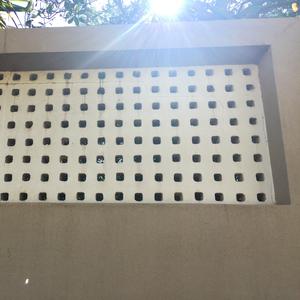

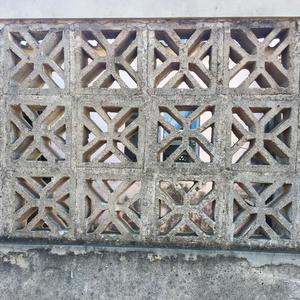

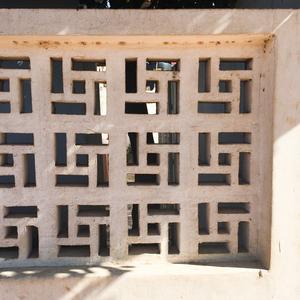

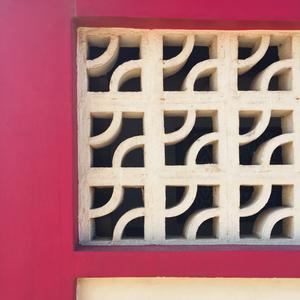

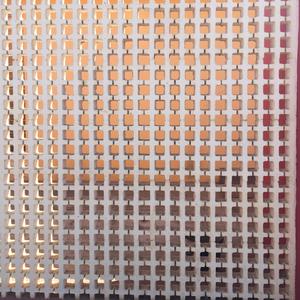

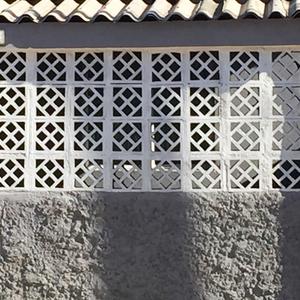
Where does the idea of this local variety of the Breathing Wall come from? Where do plot owners and craftpersons take their inspiration from? How do the models for the so-called grelhas(perforated concrete blocks) circulate and how did they change over time? So far, the architectural history of Africa has shown a great interest in both the spread of Western typologies on the continent and the genealogy of “traditional” dwelling models. The production of what could be called the repetitive, extravagant, or improvised “banal modernism” of most African cities, however, has been largely neglected by architectural and art history.[1]
Still, there is quite a significant body of literature on the Breathing Wall typology in Africa. It is usually described as an element of “traditional” West African architecture that found its way into a regional expression of “International Style” modernism and its varieties which became known later under the “Tropical Modernism” moniker. Both European and African architects, often trained at London’s Architectural Association, used it as a way to include both a regional aesthetic vocabulary and local construction expertise to meet the climatic surroundings. In fact, under certain conditions the Breathing Walls of Ghana’s or Nigeria’s 1960s modernism made AC unnecessary. Architects like Oluwole Olumuyiva, Otto Koenigsberger, Jane Drew and Maxwell Fry popularized this style in their buildings and textbooks, while Udo Kultermann, the doyen of African modernism’s architectural history, made them a criterion for his vision of stylistic authenticity.[2]And when the aesthetics of African modernism became rediscovered over the last years, the Breathing Wall’s journey from “traditional” to “modern” architecture again became a key focus.[3]However, scholars of African architecture have been taken the further courses of this typological journey into account.
In Maputo, the Breathing Wall actually became a typical feature of residential architecture in the early 1990s. For FAPF director João Tique, two reasons account for this development: On the one hand, the 1992 peace treaty lead almost immediately to a social (and economic) differentiation of Mozambique’s society and urban landscape. Perforated walls allowed for additional security where walls with windows did not seem appropriate anymore. On the other hand, the Breathing Wall was a personal favorite of José Forjaz, the FAPF’s first director in the late 1980s. While Forjaz explicitly used this feature to provide more security (for example in the case of an annex building to the FAPF itself), he also used it to design buildings that suited the climatic conditions, in line with his knowledge and appreciation of European and US-American debates around ecological and sustainable architecture. With both students and staff members frequently moving between the faculty and jobs at Forjaz’ private firm, the Breathing Wall became a trade mark of the “Maputo School” of architecture.[4]However, the Breathing Wall can now also be found as part of buildings that are not designed by formally trained architects.
These considerations show that there are in fact several possible points of departure for in-depths studies of the contexts and implications of Maputo’s Breathing Walls as an expression of something that could be called banal transnationalism.
- Did the journey of Maputo’s Breathing Walls begin in Anglophone Africa? Did the translations from West African “traditional” architecture to Tropical Modernism and back to Maputo’s “ordinary” architecture begin at the AA and end in Mapulene and Zimpeto? The archives of Mozambique’s colonial research institutions such as the Laboratório de Engenharia de Moçambiqueor the Gabinete de Urbanização e Habitação da Região de Lourenço Marquesshow that the writings of Fry and Owumuyila were accessible in Portuguese Africa. And José Forjaz was clearly aware not only of the ecological benefit, but also of the aesthetic history of this architectural element. Or did this element mainly stem from Mozambique’s very own “traditional” architecture?
- To what extent did – and does – the FAPF have an impact on informal architecture in the city?
- To what extent are security, climate, and aethetics factors for design?
- What can we learn from a mutual entanglement between local varieties of the Breathing Wall and the recent transnational architectural production in Maputo by Chinese, South African, Portuguese, and Turkish construction enterprises?
[1]This lack of research has a lot to do with a predominantly Western gaze on Africa’s architectural history and is related to a general absence of original writing of architectural history in African academia, see Okoye, Ikem Stanley (2002), Architecture, History, and the Debate on Identity in Ethiopia, Ghana, Nigeria, and South Africa, in: The Journal of the Society of Architectural Historians, 61, 3, pp. 381-396, and Aradeon, David (1981), Space and House Form. Teaching Cultural Significance to Nigerian Students, in: Journal of Architectural Education, 35, 1, pp. 25-27. So far, it is easier to find studies of banal modernism as side products of anthropological research than in architectural history, see Nielsen, Morten (2016), Into Architecture. House-building and acentered personhood in Maputo, Mozambique, in: Mikkel Bille and Tim Flohr Sørensen (eds.): Elements of Architecture. Assembling Archaeology, Atmosphere and the Performance of Building Spaces, London: Routledge, pp. 273-287.
[2]See Fry, Maxwell and Drew, Jane (1964), Tropical Architecture in the dry and humid zones, Batsford; Kultermann, Udo (1969), New Directions in African Architecture, New York: Braziller.
[3]See Uduku, Ola (2006), Modernist Architecture and ‘the Tropical’ in West Africa. The Tropical Architecture Movement in West Africa, 1948–1970, in: Habitat International, 30, pp. 396–411; Le Roux, Hannah (2004), Building on the Boundary. Modern Architecture in the Tropics, in: Social Identities, 10, 4, pp. 439-453; Le Roux, Hannah (2004), Modern Architecture in Post-Colonial Ghana and Nigeria, in: Architectural History, 47, pp. 361-392; Le Roux, Hannah (2003), The Networks of Tropical Architecture, The Journal of Architecture, 8, 3, pp. 337-354; Herz, Manuel (Ed.) (2015), African Modernism. The Architecture of Independence. Ghana, Senegal, Cote d’Ivoire, Kenya, Zambia, Zürich: Park Books.
[4]Interview with João Tique, Maputo, February 19 2019.